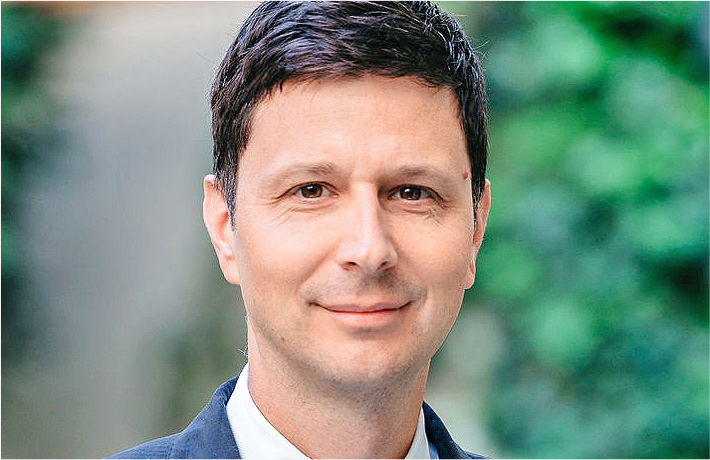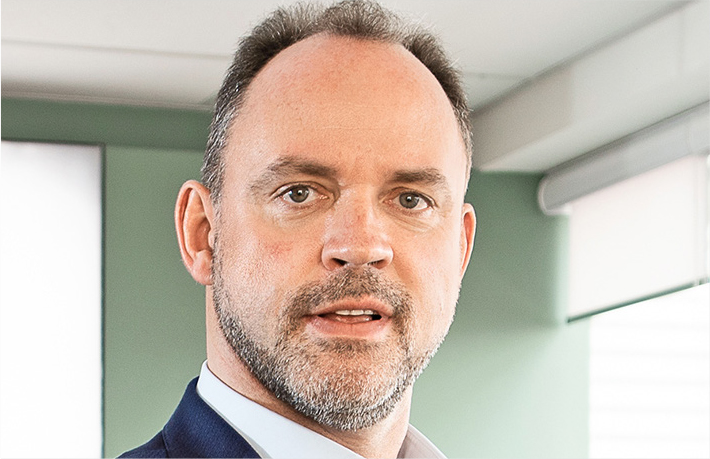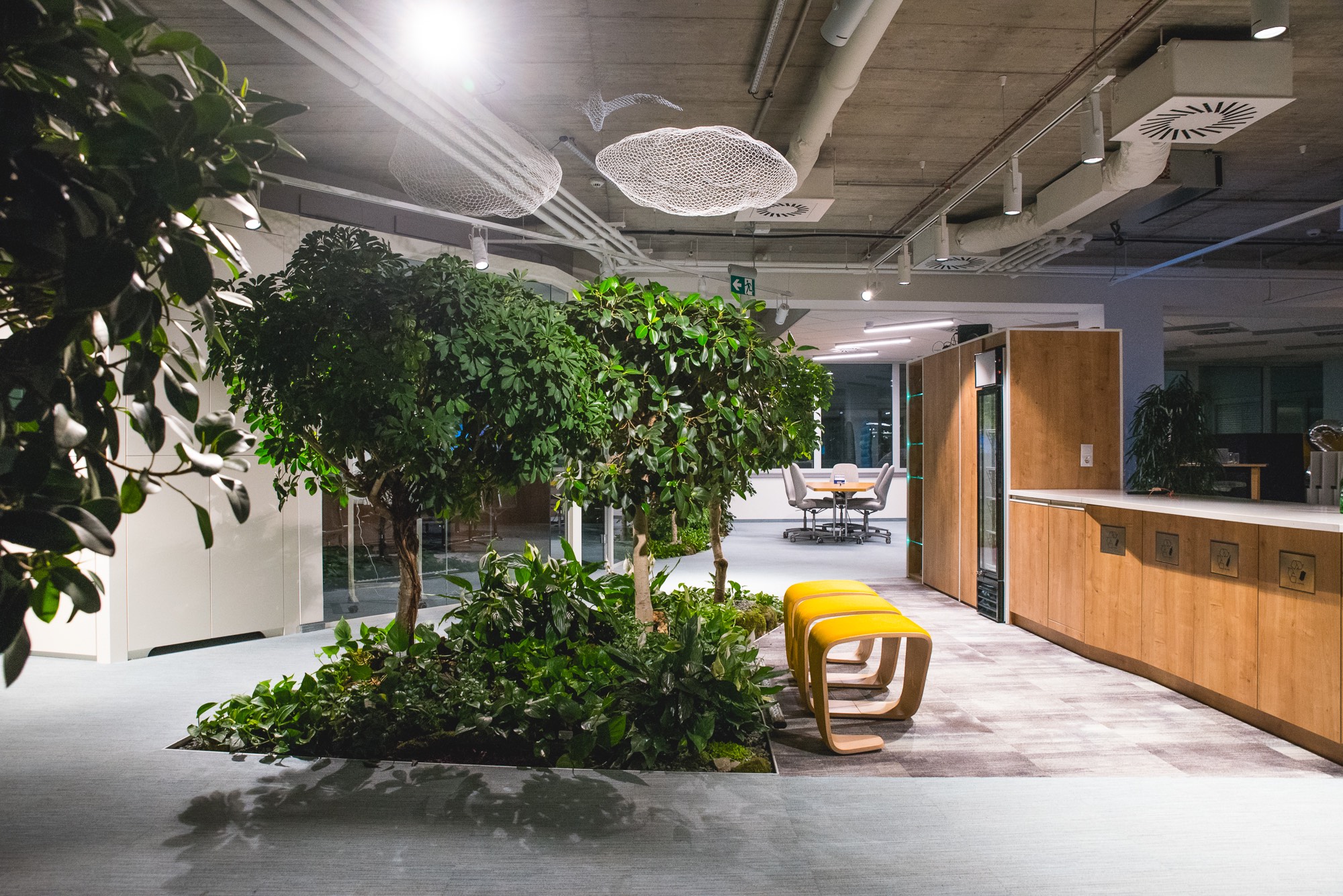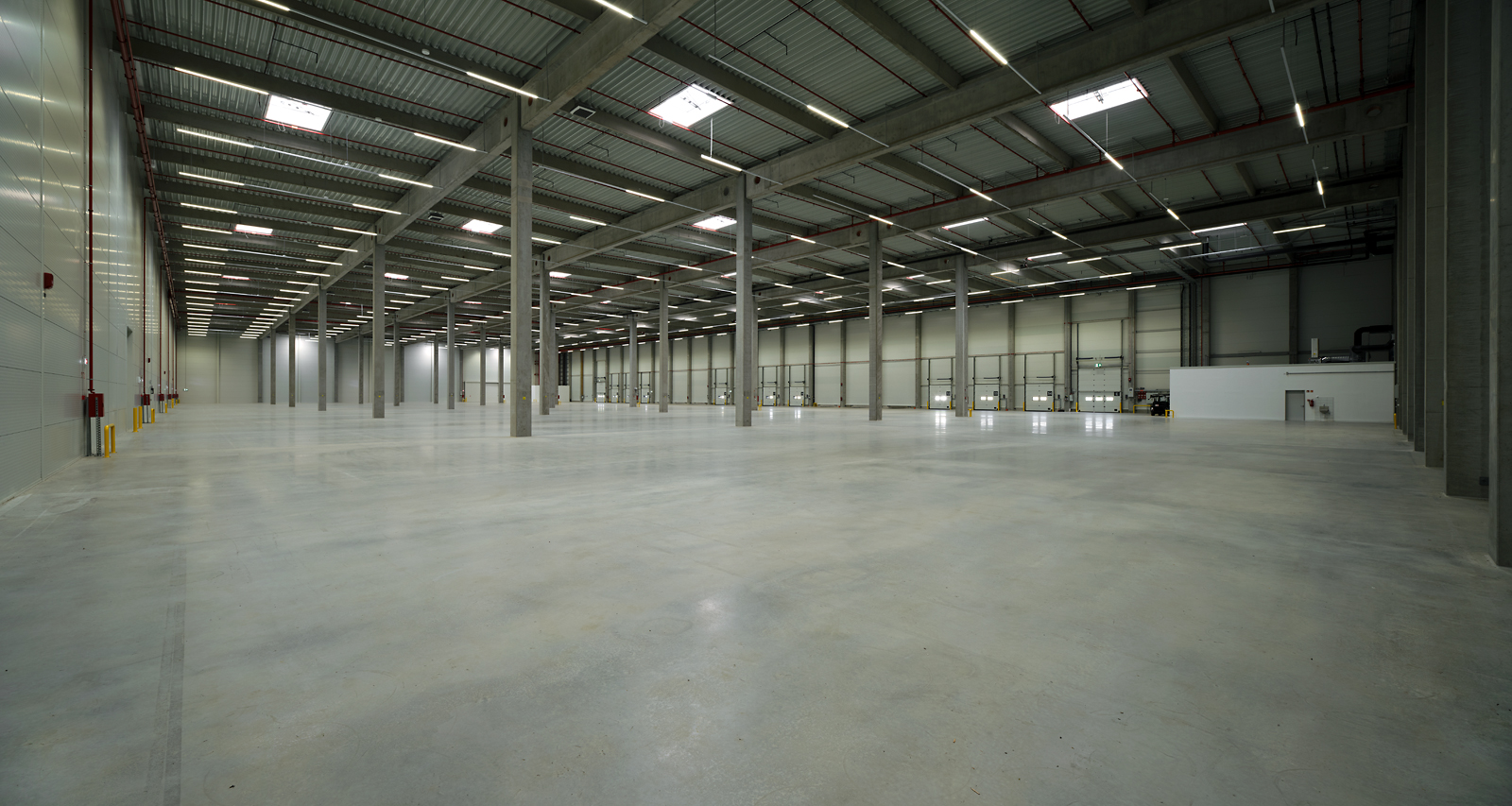Market Talk: Real Estate Market Learning to Embrace Sustainability

Photo by sommart sombutwanitkul / Shutterstock.com
Analysts agree that commercial real estate projects are becoming more sustainable and efficient, notably in the office and industrial sectors. To what extent this is due to market demand, financial pressure, or regulatory influences remains to be seen. Gary Morrell, the Budapest Business Journal’s real estate editor, canvassed property professionals for their views on the progress of sustainability in the Hungarian market.

Sustainability accreditations in office developments are no longer “nice to have.” Developers must think ahead and aim to obtain one from the early stages of design, on the one hand, for the end users’ benefit, but also for improved chances of achieving greater success in the investment market. Will these certifications spread over to other types of assets too? Very likely; in fact, accreditations are now becoming common in newly developed industrial and logistics centers and hotels. Some experts even say that new blocks of residential developments are also adapting to the trend. Certifying your asset is also an efficient way to assess a building’s impact on the environment and can help owners find ways to improve. At the end of the day, working, staying and living in buildings that hold sustainability accreditation makes people feel like their built environment is environmentally conscious, and that is a good feeling.
Máté Galambos
Leasing Manager
Atenor Hungary

I think that the sustainability accreditation process is detailed and time-consuming enough. The reality is that the market drives improvements much more than accreditation. For this reason, in the near future, we will see much more of a focus on building operating efficiency and economy. This will affect all sectors. From an architectural perspective, I expect BIM [building information modeling] to become the market norm as part of a circular process of designing, building, operating, and designing. I think the commercial real estate business still has a long way to go to be a truly “green business,” based on the current understanding of green and sustainability targets.
Csaba Zeley
Managing Director
ConvergenCE

Green certification systems, such as Leed and Breeam, have been around since the early 1990s. It took a long time for it to play a vital part in the commercial realty business, something that players now take for granted. During these 30-plus years, the standards constantly evolved and were refined to cope with technological innovation, as well as regulatory and end-user needs and targets. The European Union, with its sustainability goals for 2030/2050, had already paved the direction for the continent, which the EU has taken to an entirely new level with the introduction of EU taxonomy in 2021 focusing directly on energy consumption. Since the measurement is not as subjective as in the case of green certifications, the energy use of properties will be measured and compared with others directly, creating further accountability and transparency. Unfortunately (or fortunately?), the sudden increase in energy prices increased awareness of energy efficiency much quicker; thus, developers and property managers will not be able to omit this in the future.
Zsolt Jakab
Portfolio Manager
Diófa Asset Management

Our world is currently facing the many challenges of climate change. To minimize the environmental impact, GTC carries out its business in a manner that supplements the implementation of the 17 Sustainable Development Goals as defined by the United Nations for 2015-2030. We are committed to continuing our engagement in developing environmentally friendly solutions. The real estate development industry is responsible for 38% of the world’s CO2 emissions; hence, measures to minimize the environmental impact of buildings are essential, making reducing CO2 one of our main objectives. At GTC, we are aware that ever more investors are paying attention to sustainable businesses, as proven by our success in issuing green bonds. A significant trend we have noticed is green certification. We strive to have all assets in our portfolio certified. At this point, 88% of all our buildings are accredited by Leed and Breeam guidelines. Furthermore, we have noticed an increase in the importance of ESG practices in the real estate market.
János Gárdai
Member of GTC Management Board & COO
GTC

With regard to international sustainability benchmarking systems, each has its pros and cons. One can always find deficits and arguments for why a system is not perfect. It is crucial that sustainability aspirations and solutions need to be third-party checked to guarantee transparency and accountability. There are different international systems available on the market, and as projects are very different, their suitability is also different. There is no one primary system that would tick all areas of sustainability. Therefore, defining what goals and actions we would like to prove through a third-party system is vital. (There is a different scheme, for example, for life cycle assessments, zero carbon strategies, and so on.) Whether we like these international schemes or not, they play a significant role in international benchmarking in transparent assessments and classifications. Currently, there is no way around these assessments.
Zsombor Barta
President
Hungarian Green Building Council

Going green is no longer a marketing slogan but a must. Financially, all sectors are affected in the real estate business, but the office will remain at the forefront among them due to it starting earlier compared to the others. With technical solutions getting more expensive than ever, developers have to put much more money into realizing their green projects to get back the invested capital. ESG compliance should remain among the priorities. An interconnected, intelligent building management system enables PM [property management] and FM [facility management] experts to reduce CO2 emissions and achieve sustainability targets faster. Social aspects have become more important than ever before. The natural materials in use are still less common than concrete, metal, and plastics, and this must be changed. Water should be used to cool buildings and supply greenery. There is no need to construct new buildings if old ones can be refurbished economically. People will love them and prefer to go there instead of visiting concrete-and-glass creations, however attractive they will be.
Valter Kalaus
Managing Partner
Newmark VLK Hungary
This article was first published in the Budapest Business Journal print issue of September 23, 2022.
SUPPORT THE BUDAPEST BUSINESS JOURNAL
Producing journalism that is worthy of the name is a costly business. For 27 years, the publishers, editors and reporters of the Budapest Business Journal have striven to bring you business news that works, information that you can trust, that is factual, accurate and presented without fear or favor.
Newspaper organizations across the globe have struggled to find a business model that allows them to continue to excel, without compromising their ability to perform. Most recently, some have experimented with the idea of involving their most important stakeholders, their readers.
We would like to offer that same opportunity to our readers. We would like to invite you to help us deliver the quality business journalism you require. Hit our Support the BBJ button and you can choose the how much and how often you send us your contributions.








